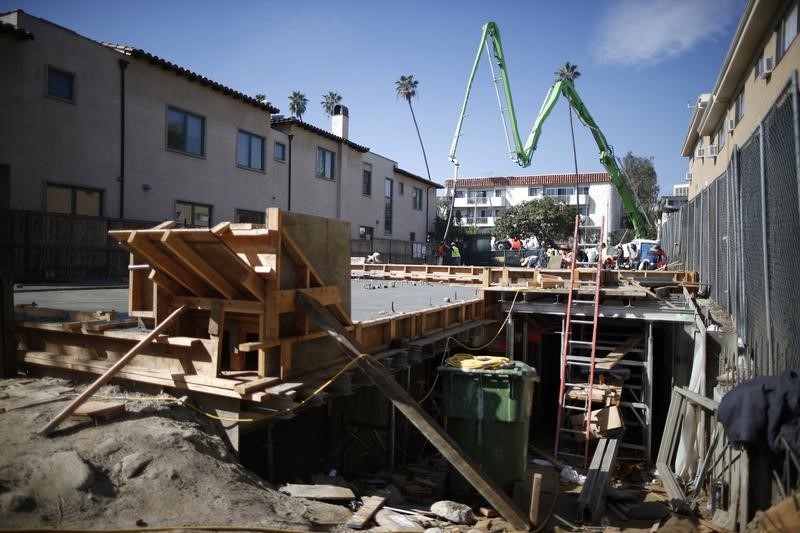WASHINGTON, (Reuters) - U.S. construction spending fell in March to a six-month low as outlays on private residential construction spending declined sharply, which could add to concerns about the economy's ability to rebound strongly from the first-quarter's soft patch.
Construction spending slipped 0.6 percent to an annual rate of $966.6 billion, the lowest level since September, the Commerce Department said on Friday.
February's outlays were revised to show them unchanged instead of the previously reported 0.1 percent dip. Economists polled by Reuters had expected construction spending to rise 0.5 percent in March.
While there are signs the economy is regaining some speed after almost stalling in the first quarter, data on construction and manufacturing suggest a lack of strong momentum in activity.
The economy was slammed by bad weather, a strong dollar, a now-resolved labor dispute at the West Coast ports, as well as lower oil prices, which have cut domestic energy production.
In March, construction spending was weighed down by a 1.6 percent decline in private residential construction spending, the biggest decline since June. Outlays for single-family construction fell 1.8 percent and multi-family home building tumbled 2.1 percent.
Spending on private non-residential construction projects rose 1.0 percent in March.

Public construction outlays were weak, with spending on federal government projects tumbling 4.9 percent. State and local government outlays - the largest portion of the public sector segment - fell 1.2 percent to a one-year low.